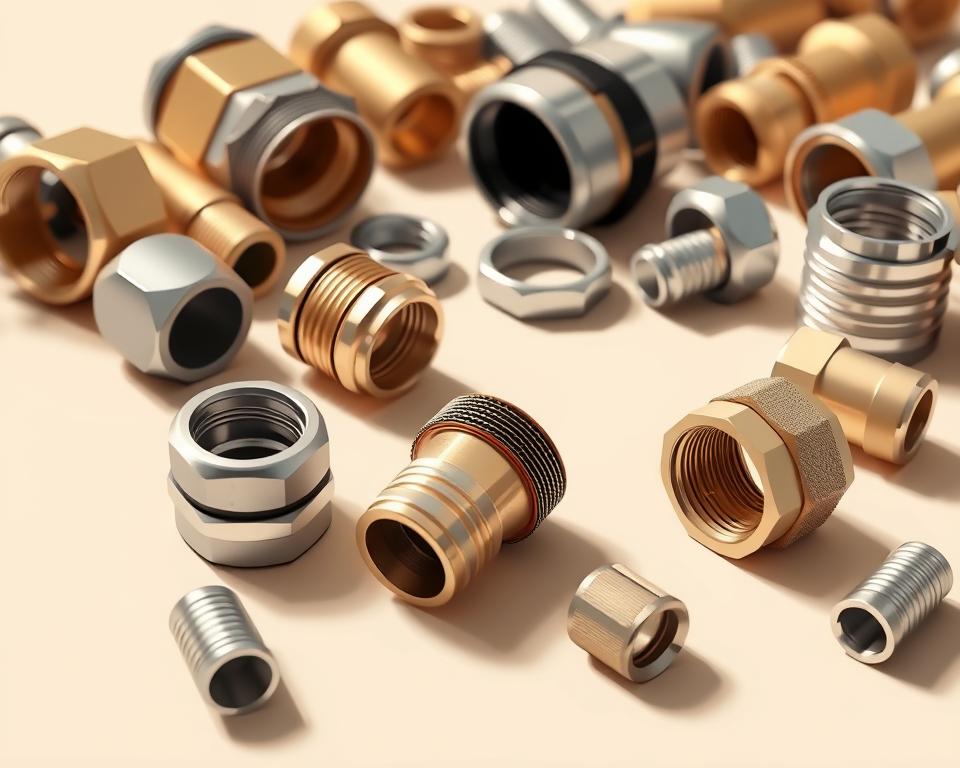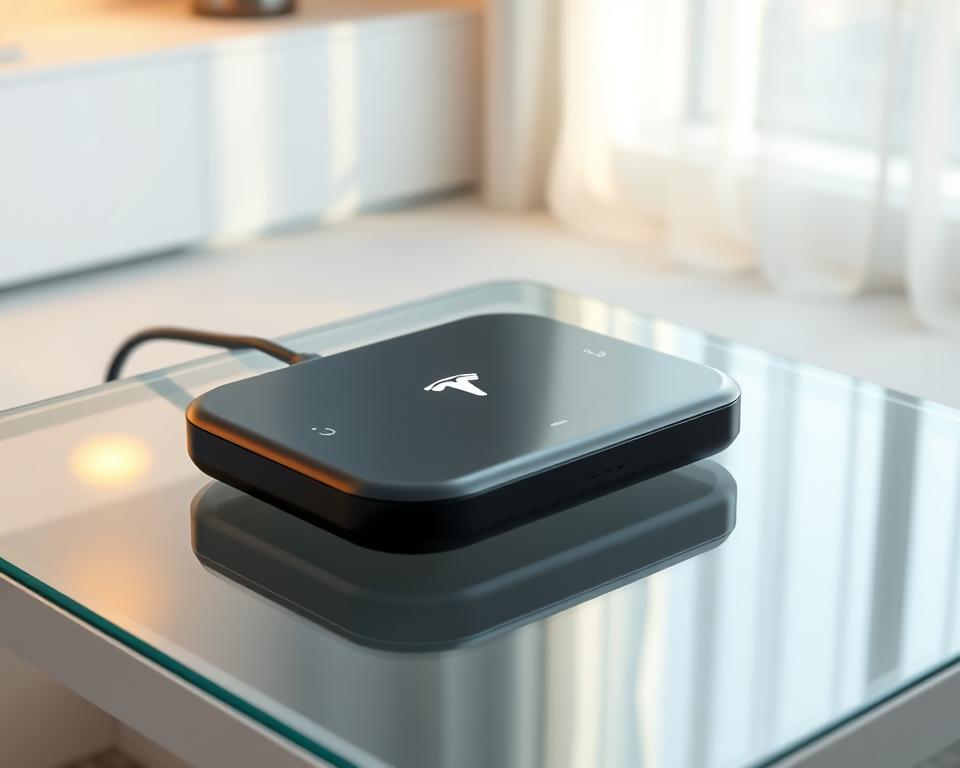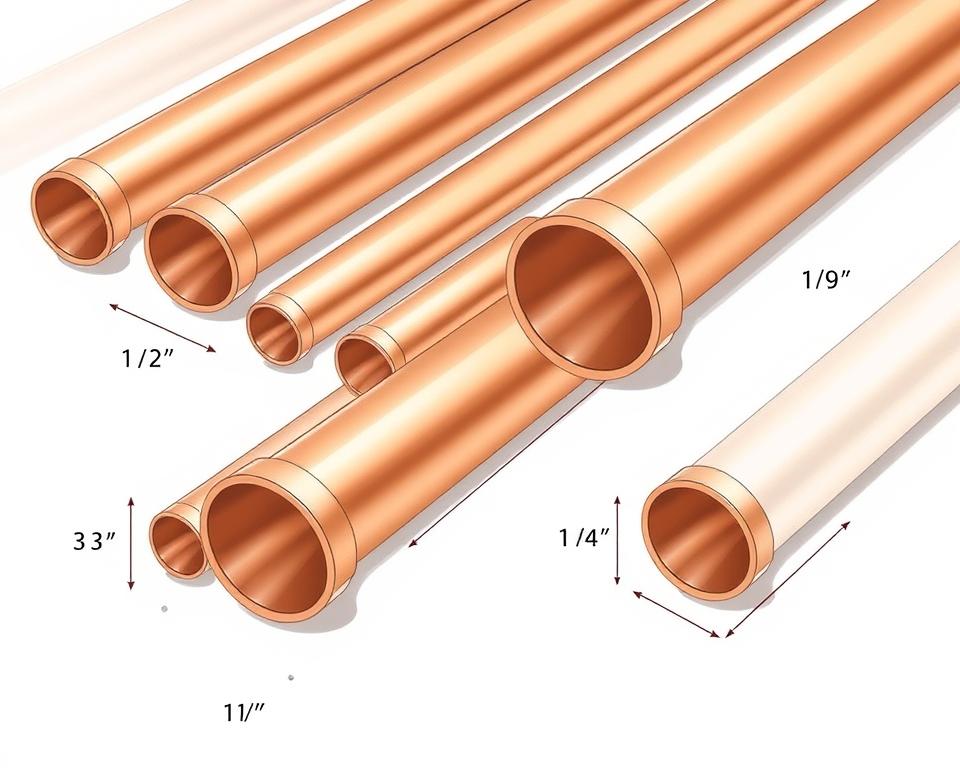Standard Garden Hose Fittings: Essential Accessories for Your Yard
Noticed leaks or low flow in your watering system and wondered why? Most drips and flow issues trace back to the tiny what is the standard garden hose fitting size parts—your standard garden hose fittings. These unsung heroes ensure seamless water flow, prevent leaks, and keep your yard thriving.
Installation Parts Supply reports that 67% of hose breakdowns are caused by bad or improper connectors. The right fittings make all the difference, whether you’re setting up a simple sprinkler or a complex irrigation system.
ANSI ¾”-11.5 NH threads mean you’ll find compatible fittings everywhere. Refer to this guide for choosing robust fittings, testing pressure limits, and avoiding errors. Boost your hose setup without second thoughts!
Summary Highlights
- Proper fittings prevent leaks and improve water efficiency.
- 3/4″ ANSI ¾”-11.5 NH is the go-to thread spec.
- Count on Installation Parts Supply for trusted fittings.
- Material and pressure ratings impact durability.
- 67% of hose breakdowns begin at bad fittings.

Why Choosing the Right Garden Hose Fittings Matters
Did you know leaky connections waste more water than you think? Substandard parts are responsible for 40% of irrigation leaks. It’s equivalent to leaving a tap on full blast unattended!
Wrong fittings can lower your PSI by fifteen to twenty percent. You may find your sprinklers struggle to cover the lawn. Pro tip: Keep pressure-washer hoses under 50 feet for best flow.
Safety risks can’t be ignored. High-pressure blasts from bad fittings can harm people or gear. Installation Parts Supply’s *pressure-rated solutions* prevent these hazards with reinforced designs.
Longevity is crucial. Corrosion-proof fittings endure harsh, damp, or salty conditions. Quick-connect fittings often crack in frost—check them each season.
One homeowner upgraded their setup and saw a 35% boost in sprinkler efficiency. Good connectors conserve water, run better, and save cash.
Garden Hose Fitting Basics
Why do certain fittings endure while others give out quickly? Ferrules, washers, and threading determine fitting lifespan. Every component contributes to leak prevention and flow.
Grooved ferrules lock onto the hose to stop slips. Smooth collars fit well on high-pressure hoses. Barbed ferrules secure hoses but risk flow restriction if crooked.
Washers are the unsung heroes. Most drips trace back to a bad washer. Seat the washer fully before you tighten to avoid drips.
Thread engagement depth matters too. Fully engage the threads to avoid leaks. Any gap can allow drips. Choose one-piece fittings for rugged use—they endure longer than two-piece types.
The anti-kink sleeve resists sharp bends. It prevents sharp bends that cause leaks. Pair it with regular O-ring checks (every 3 months) to keep seals pliable.
Remember: A well-built coupling lasts longer and works smarter. Pick fittings to suit your setup and prevent headaches.
Choosing Your Hose Fitting Type
Confused by the dizzying array of connection options? Here’s the lowdown. Quick-disconnects, regulators, and more each have their own benefits.
Quick-connect fittings let you swap accessories in seconds. Plastic for easy tasks; brass for tougher, higher-PSI work. Frost-resistant valves stand up to subzero conditions.
Swivel connectors let your hose pivot 270° to avoid kinks. Use Y-splitters to feed two hoses at once. Ideal when you need two hoses at once.
Regulators keep your sprinklers safe from pressure spikes. They even out flow under varying supply pressures. Compare options in the table below:
| Type | Material | Cost | Flow Rate (GPM) |
|---|---|---|---|
| Quick-Connect | Plastic | $1.50 | 4.2 |
| Quick-Connect | Brass | $8.00 | 5.1 |
| Y-Splitter | Aluminum | $6.50 | 3.8 (per outlet) |
Camlock connectors ensure drip-free performance under heavy loads. SS camlocks endure corrosive substances and regular use. Stick to ¾” threads for home hoses.
Pro tip: Keep spare washers for each fitting type. A bad washer can cut PSI by 20% without obvious leaks.
Materials Matter: Brass, Plastic, or Aluminum?
Your fitting’s material affects its lifespan and safety. Brass leads with a 500 PSI rating, while plastic caps at 150 PSI. Prop 65–compliant lead-free brass safeguards drinking water.
Aluminum resists corrosion better than plastic, which degrades under UV rays. Brass and aluminum resist temperatures that break plastic. Installation Parts Supply’s brass-aluminum hybrids offer the best of both worlds.
Plastic’s place in your system Seasonal drip lines and temporary hoses. Compare plastic, brass, and hybrid in the chart:
| Type | Material | Cost | Max PSI |
|---|---|---|---|
| Coupler | Plastic | $4 | 150 |
| Coupler | Brass | $12 | 500 |
| Hybrid | Brass-Aluminum | $9 | 400 |
Select materials based on weather and pressure requirements. A single brass coupling beats plastic versions threefold in lifespan.
Choosing Hose Size
Diameter dictates flow rate and coverage. 3/4″ hoses flow about 5 GPM, ideal for sprinklers. 5/8″ hoses give about 3 GPM, perfect for drip or light spray.
Every extra foot saps pressure. Count on roughly 1 PSI per foot lost. Keep pressure-washer hoses under 50 ft for power. Their adapters fit mixed diameters without dripping.
How length affects sprinklers:
- Ideal for pots and patios.
- Reaches lawns up to 1,500 sq ft.
- 100 ft: Requires higher pressure to reach edges evenly.
Large-scale irrigation uses 1″ connectors. They deliver extra GPM for big jobs. Check this comparison for quick decisions:
| Diameter | Flow Rate (GPM) | Best For |
|---|---|---|
| ⅝ inch | 3 | Drip irrigation, small gardens |
| ¾ inch | 5 | Sprinklers, car washing |
| 1 inch | 7+ | Agriculture, large properties |
Determine your PSI and coverage needs. 3/4″ works for most yards, but hose length is equally important. Keep adapters handy to switch between tools effortlessly.
Compatibility and Pressure Ratings Explained
Why do fittings give way when PSI jumps? It hinges on the pressure thresholds. 150 PSI rated parts can’t survive sudden 300 PSI spikes.
*Burst strength* differs from working pressure. A 300 PSI burst spec handles spikes, not sustained flow. Use their high-PSI parts to withstand surges in heavy applications.
Thermal buildup can cause pressure spikes. Heat can raise pressure by up to 10 PSI every 10 degrees. Allow extra hose length for thermal growth.
Key Pressure Ratings Compared
| Rating | Best For | Burst Strength |
|---|---|---|
| 150 PSI | Residential sprinklers | 450 PSI |
| 300 PSI | Irrigation systems | 900 PSI |
| 600 PSI | Industrial use | 1,800 PSI |
Bad threading accounts for 30% of failures. Adapters must meet your PSI requirements. A farm’s 300 PSI brass retrofit cut waste nearly in half.
Checklist for Mixing Fittings
- Ensure threads match (ANSI ¾”-11.5 NH).
- Check O-rings for damage before reuse.
- Verify PSI rating on older fittings.
- Swap out rusty or bent fittings.
Hose type and attachments determine pressure specs. Good planning stops fitting disasters.
Installation and Maintenance Tips
Minor upkeep keeps your fittings tight. Inspect yearly for damage, corrosion, or wobble. Snug up loose fittings ASAP.
Leak testing is simple. Connect, pressurize, and scan for leaking spots. Begin at each coupling. Use their gauge to find invisible leaks.
Winter prep prevents freeze damage. Drain all water and store indoors. Cover outdoor faucets with insulation. This prevents bursts that can ruin your *hose needs*.
Grab these items:
- Adjustable wrenches for secure tightening
- Thread seal tape to stop slow leaks
- Spare washers and a guide sheet
Replace washers every 6 months. *Make sure* to pick the right size—a mismatch causes 30% of drips. Stock replacements for speedy repairs.
Store hoses coiled in shade. Sunlight degrades hoses. A reel or rack prevents kinks and tangles.
Persistent leak? These steps:
- Clean the threads with a brush to remove debris
- Lubricate O-rings with plumbers’ grease
- Replace damaged washers right away
Conclusion: Nail the Right Hose Fittings
Perfect fittings are the foundation of an upgraded watering rig. Select brass, aluminum, quick-disconnect, or swivel based on your needs.
Investing in good fittings is worth it. Brass fittings may cost more upfront but outlast plastics. Installation Parts Supply backs its parts with warranties—peace of mind included.
Keep this guide handy:
- Verify PSI ratings before purchase
- Inspect washers every season
- Winterize and store inside
Watch for upcoming fittings that detect drips. Meanwhile, ask the pros to get job done properly. Your garden hose setup merits top-quality fittings!


